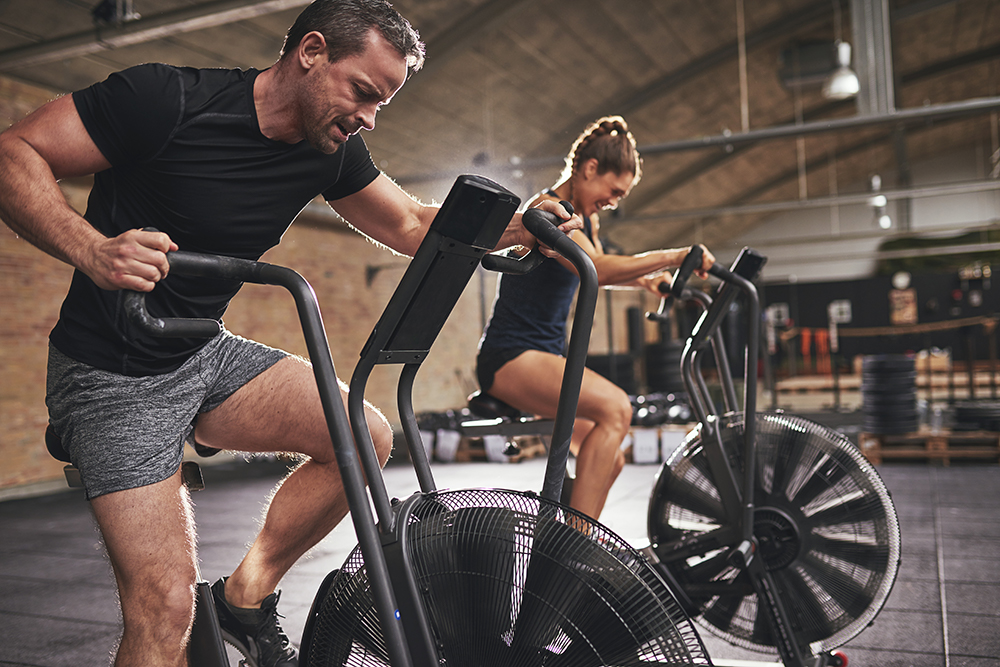Many people wonder how exercise affects ketosis and Keyto levels. The more important question is whether exercise is good for your health. The answer is an emphatic yes! We recommend that you live an active lifestyle, with the knowledge that no amount of activity can make-up for a poor diet.
But back to the original question. Keyto users report a variety of responses in their Keyto Levels during and after exercise. Some see their Keyto Levels go up and some see them temporarily decrease. It’s important to realize this is something you have little control over, so we simply recommend that you keep being active and having fun.
Factors That Influence How Exercise Affects Your Keyto Levels
- Type of exercise
- Age
- Genetics
- Fitness level
- How long you’ve been following a ketogenic diet
General Observations:
During exercise or immediately post-exercise you may observe the following:

Anaerobic activity or resistance training – tends to temporarily decrease ketone levels. The mechanism by which this occurs is not well understood. It may be related to your body’s attempt to supply more energy to muscle cells and/or the stress response to exercise. Stress hormones cause elevations in glucose and insulin that may inhibit ketogenesis. The important thing to remember is that Keyto levels usually increase post-exercise.

Aerobic activity – tends to increase ketone production, particularly during low intensity exercise. In the fat-adapted state, lipolysis (breakdown of your fats stores for ketone production) becomes very efficient. This results in enhanced ketogenesis and higher Keyto levels. In addition, there has been research showing that ketones are more efficient for endurance athletes.
Conclusion
Although dips might occur immediately post-exercise, you can expect your Keyto Levels to rebound after a few hours. This can be to Levels even higher than pre-exercise. Further, exercise-induced glycogen depletion is an effective tool to get into ketosis faster or bump up ketone levels over the long run.

